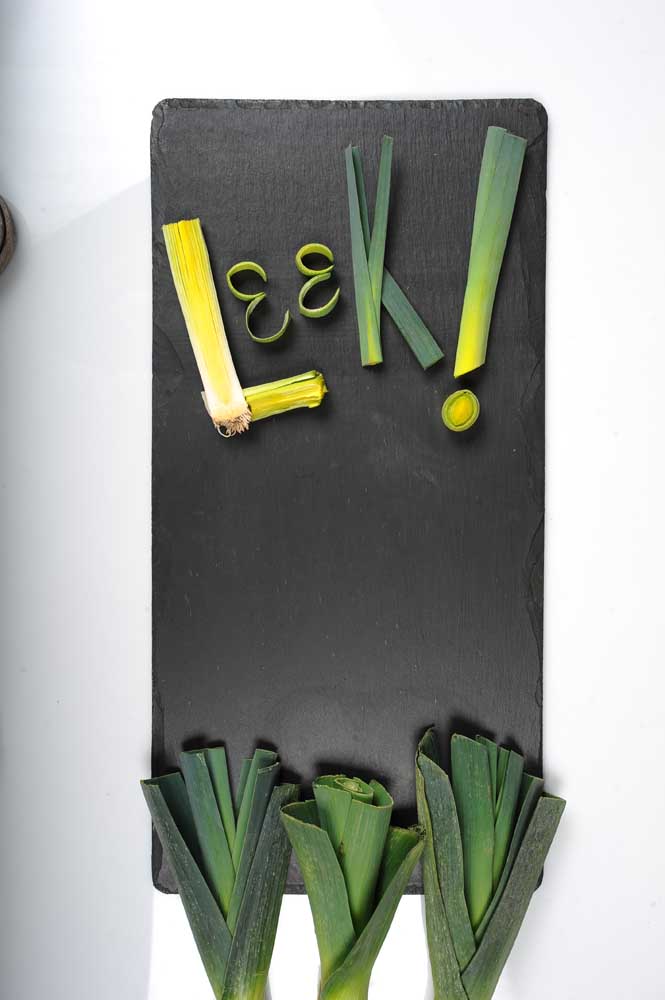Leeks — a winter bounty
Published 12:00 am Tuesday, January 19, 2016

- ORIG 01/08/2016 Ryan Brennecke / The Bulletin
One of the vegetables Mother Nature presents this time of year is the leek. It truly embraces the season in which it thrives.
Through the ages, leeks have been associated with cold-weather recipes: simmering stews and hearty soups. Like other members of the allium family, all it takes to tame their fiery flavor is a little bit of heat and time — two commodities that are in plentiful supply in most winter kitchens.
At a time of year when most vegetables are but a twinkle in the farmer’s eye or nestled cozily in greenhouses waiting for the spring thaw, the leek is toughing out the winter in not-so-cozy fields.
Winter leeks were planted the previous May and can be harvested by September. But if left in the field, they will continue to grow into November. Once leeks have reached maturity they will not get any bigger and store nicely right where they are — in the ground. Growers continue to harvest the crop as needed until the plants go to seed the following May.
Nippy weather is one thing, but one would think that surviving the freezing temperatures generally associated with winter might be beyond even the heartiest leek. However, these plucky bulbs are rarely affected by a big freeze. The upper leaves may be burned, but the plants stay alive.
Harvesting leeks in winter is no easy task. The ground is cold and hard, and the pros can dig up no more than three or four dozen an hour. Once the leeks are brought in from the field, each one has to be cleaned thoroughly of dirt and all traces of yellowed, frostbitten leaves removed.
Because all this work adds up to higher prices at the cash register, it’s important to select the best leeks money can buy. Look for straight, cylindrical stalks with clean bases.
At home, wash the leeks thoroughly and cut off the roots. Then slice each leek once from the green end almost to the base. Fan the two sections apart and pass the leek through running water to remove all the grit that has accumulated.
And, enjoy!
— Jan Roberts-Dominguez is a Corvallis food writer, artist, and author of “Oregon Hazelnut Country, the Food, the Drink, the Spirit,” and four other cookbooks. Readers can contact her by email at janrd@proaxis.com, or obtain additional recipes and food tips on her blog at www.janrd.com.








